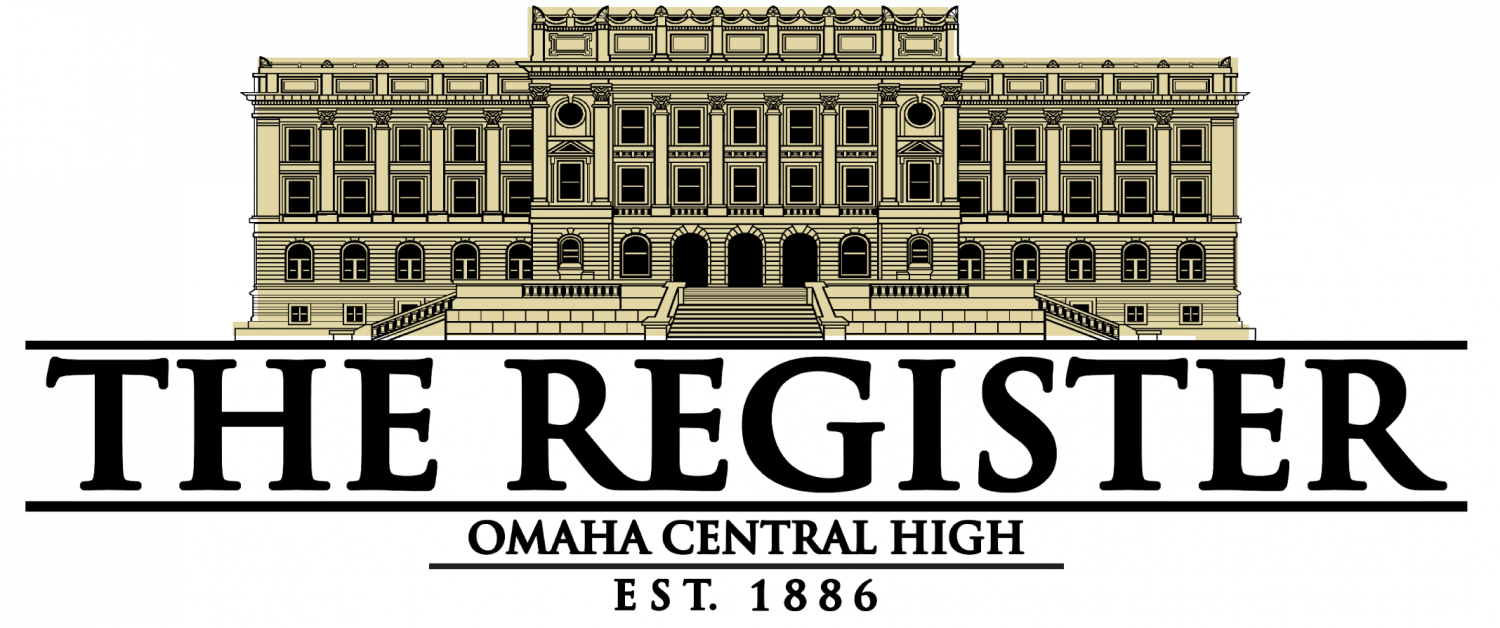2019 Central graduate Desia Griffin models as a participant inthe “Beauty in Color” event hosted by The Grassroots Initiative on Oct. 18.
The Grassroots Initiative increasing BIPOC representation in the media
November 1, 2020
Desiuanna Griffin and Bria Gilmore are two 2019 Central graduates with a passion for strengthening the Black Indigenous People of Color (BIPOC) community. After a discussion about Gilmore’s interest in photography, Griffin brainstormed the idea to use Gilmore’s photography skills to raise money for Black Lives Matter organizations. The two roommates quickly contacted other local artists and stylists, excited to collaborate with other passionate BIPOC people and allies. Gilmore states, “We know so many creative and talented people in Omaha so we were like, ‘why couldn’t this be a multifaceted project with other people who are talented contributing?’”
With the current state of the world, The Grassroots Initiative acknowledges the importance of paying attention to what is happening in the BIPOC community. Evaluating the inequality and social injustice faced by the community is necessary to help society grow in support of all types of people, regardless of skin color. Griffin identifies the group’s objective when disclosing, “The goal of the initiative is to breakdown beauty standards and to lift up BIPOC people in the community and allies that support Black Lives Matter and other BIPOC issues.”
The duo titled the project “The Grassroots Initiative” to celebrate the origins of creativity in the community. Grassroots describe base level/the beginning of an activity or organization. One example of grassroots Gilmore mentioned was the start of the Black Lives Matter movement. She reflected on the evolution of the movement and its beginning as a small group of people working together to make something bigger than themselves. It was important for Griffin to match grassroots with the word ‘initiative’ to show the intent behind their project, they want to advocate for Black Lives Matter issues while making room for creativity in the community. “I was drawn to the word roots because it made me think about hair and where you come from,” Gilmore recalls, “I decided to research words associated with roots. I came upon ‘grassroots’ and it was perfect- it’s all about working together and beginnings of great things.”
As a new group, The Grassroots Initiative would like to increase their recognition and the involvement of community members in their events. They have an Instagram showcases the members of their group, informational flyers and photos from their shoots so far. Participation in an event means getting makeup and hair done by event artists, getting styled and photographed with access to the photos that were taken. Pricing ranges, but they believe they will charge thirty dollars per person. A percentage of the profits will go to Black Lives Matter Organizations chosen by the group (suggestions can be given through Instagram DM).
To maintain safety during their events, the group plans to stagger the arrival times of participants, enforce social distancing when possible and continue to clean surfaces throughout the events. There are thirty-minute time slots throughout the event to help with creating a time cushion between the people involved. “We have come together to collectively decide how to properly space out our artists and the participants during the event to ensure everyone’s safety,” says Gilmore.
Gilmore delves into the Black Lives Matter movement during the pandemic stating, “This is nothing new for the black community, white people may be surprised by the actions of the police coming into light, but this is nothing new.” With phones and social media, it is easier for people to show the injustices the black community has faced for hundreds of years, Gilmore touches on the importance of continued support and affirmative action in being proactively anti-racism. The pandemic has disproportionately affected the black/BIPOC communities and has created a greater need for art in these communities. Art is a form of expression and storytelling, essential to maintain the connections shared in a culture. “The disruption of the arts in the black community as a result of the pandemic has been devastating,” Gilmore urges, “we need to support black artists now more than ever.”
The Grassroots Initiative hopes to revive the arts in the BIPOC community and reinforce the appreciation of black and BIPOC artists. Artists in these communities can be discouraged by their peers and members of their community while already facing hatred from non-BIPOC and non-progressive communities. Griffin addresses this issue asserting, “Creativity and artists and stylists aren’t celebrated as much or enough in the black community and I just think it’s good to bring that part of our community to life.”

